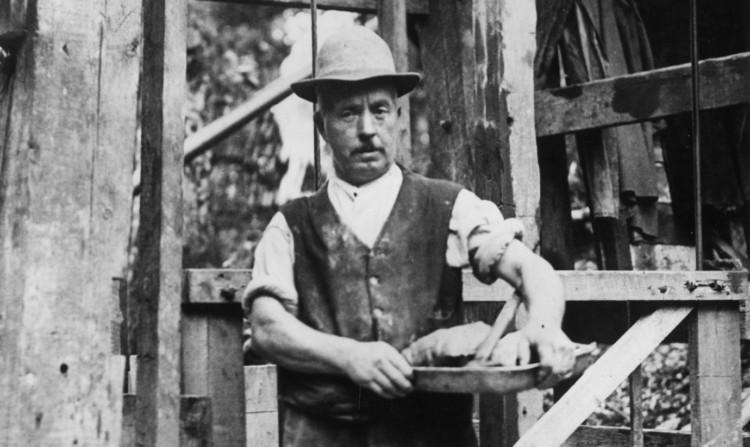It was the movement that resulted in San Francisco growing from a small settlement of about 200 residents in 1846 to a boomtown of about 36,000 by 1852.
Roads, churches, schools and other towns were built throughout California as tens of thousands of gold-seekers, called “forty-niners”, from Latin America, Europe, Australia and Asia sought their fortune.
But the impact of the Gold Rush could be far more significant than previously thought.
Toxic sediment that is the legacy of industrial-scale California gold mining 160 years ago could be an important source of lowland food chain contamination, according to new research.
The study, led by Dr Michael Singer of St Andrews University, suggests mercury-contaminated sediment, resulting from 19th Century hydraulic gold mining in California’s Sierra Nevada, is delivered to lowland areas every time there is a major flood.
This contaminated sediment often infills confined river valleys, which undergo subsequent incision once the supply of mining sediment is stopped.
Until now the processes by which mercury is delivered to lowlands and the patterns of its distribution have been poorly understood. However, the St Andrews-led research makes clear the links between upland legacy sediment from mining and lowland contamination, which are crucial to issues of river management relevant to licensing for mining or dams.
Dr Singer said: “We were quite surprised about the immense activity of fan erosion during these large floods. Nothing happens for a decade and then the whole river system is reworked within a few days or weeks. And this wholesale redistribution of mercury-laden sediment to lowlands is likely to occur more frequently given current predictions of regional climate change.”
